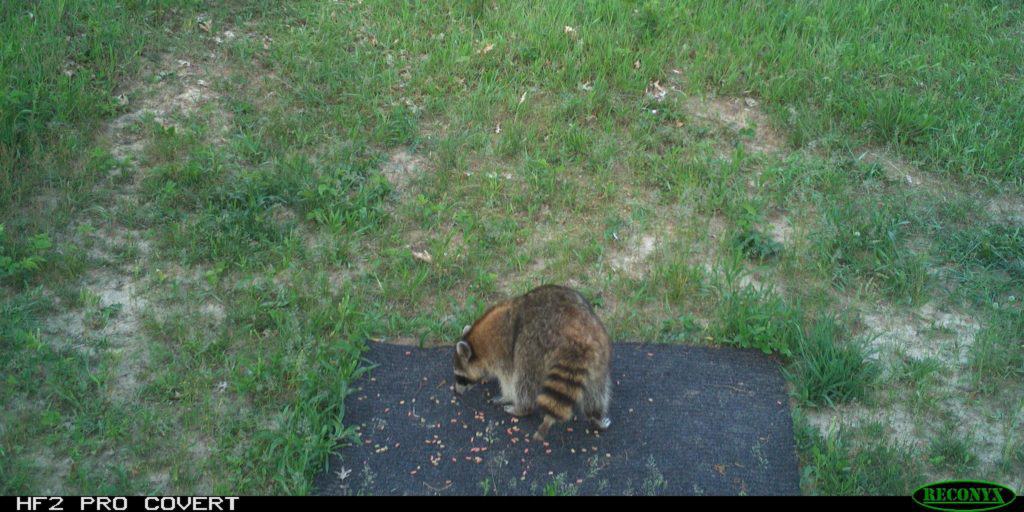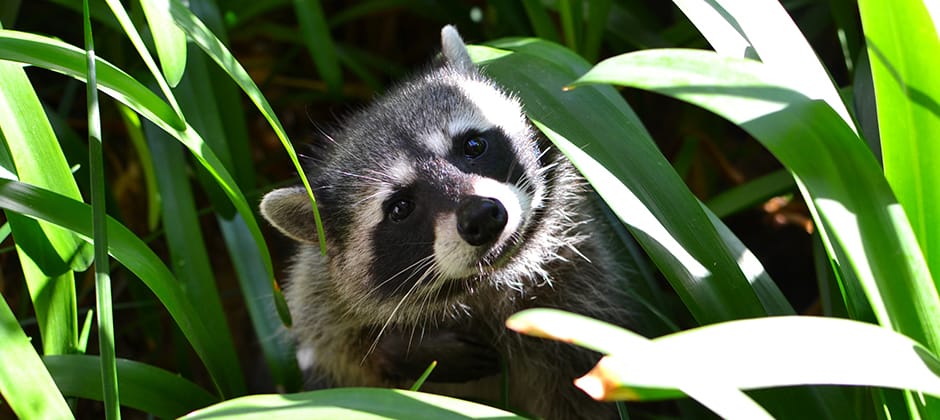Share this article
WSB: A new raccoon hairdo can help researchers with identification
When Gregory Geller was developing ways to protect turtle nests, he paid a lot of mind to keeping out predators like raccoons. He designed electric fences, and he needed a way to see if raccoons that were shocked stayed away or if particular animals were always able to outfox the fence.
So Geller developed a way to identify individual raccoons (Procyon lotor), so he could recognize them on camera traps.
“They seldom vary too much in physical appearance as they appear on camera,” said Geller, an independent wildlife biologist and the author of a recent study published in the Wildlife Society Bulletin. “They generally look very similar to each other at night in camera imagery.”
Previously, researchers used colored dye to mark individual raccoons, but that didn’t work for Geller’s research, because camera trap photos at night time don’t show color. So Geller came up with a different method.
He used live traps to lure raccoons into a restraining funnel, allowing him to put a towel over their heads to keep them calm while he used scissors to cut unique patterns into the fur on their tails or applied blonde hair dye to parts of the tail or back, which showed up in trail camera photos.
“The whole process takes a matter of minutes,” he said, although the hair dye takes about 30 minutes to set before he rinses it out.
The tail clippings and dye lasted for two to three months, he said, but the raccoons often returned to the traps voluntarily, giving him a chance to mark them again.

A marked raccoon during the daytime. Credit: Gregory Geller
While Geller applied this method to look at exclusion fence effectiveness, he said it could be used for other types of conservation-based studies, including how individual raccoons respond to the recorded sounds of predators or how long it takes for particular animals to habituate to repellents or other methods meant to diminish depredation on imperiled resources.
“These are areas I can see it being used,” he said. “It’s likely that other researchers will find different uses of both the restraining method and marking technique for their own research in their own niche. Raccoons and research about them are likely to be around for some time to come.”
This article features research that was published in a TWS peer-reviewed journal. Individual online access to all TWS journal articles is a benefit of membership. Join TWS now to read the latest in wildlife research.
Header Image: One researcher found a way to identify individual raccoons on camera trap images. Credit: Glenn Beltz








